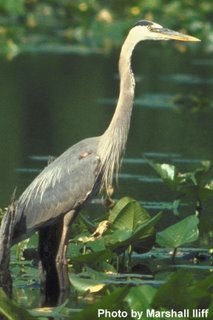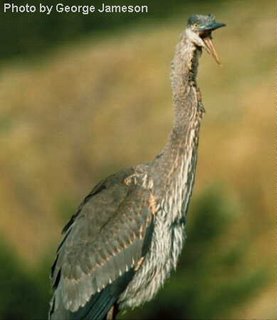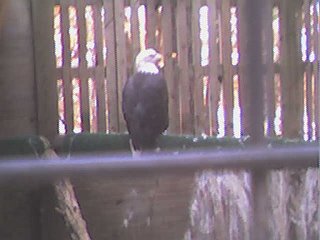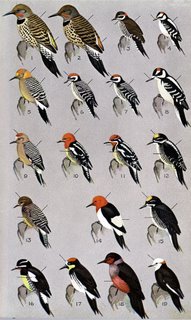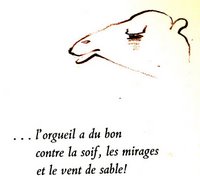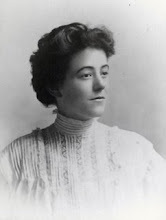 OK. I know I said I wasn’t going to post anything else here.
OK. I know I said I wasn’t going to post anything else here.I subscribe to a list-serv for a bird enthusiasts’ group, and it’s fun for me to receive emails about various sightings in places I know of but can't see as much as I might like.
The other day someone sighted a snowy owl at a most auspicious place – where the St. Joseph River pours into Lake Michigan. It was there that I saw six American Avocets one autumn while accompanying Arthur on a walkabout. He couldn’t stand to be on the same beach with a creature more unusual than he, so he was rude to them, and they flew. Avocets generally don’t generally come this far east, so it was a big deal for me, never having seen even one before, but I had to keep my enthusiasm in check. A pouting Corgi is a sorry sight.
The snowy owl has only one known breeding spot in the United States, that being Barrow, Alaska. They stay above the tree line unless their main menu choice, the lowly lemming, is in short supply. Lemmings reproduce early and often, but they are subject to boom and bust cycles like the oil well drillers who populate their breeding ground. Here and there on the Great Plains and Canada one can find a solitary snowy owl in winter. There have been notable incursions into the lower 48, but they still are a rare sight for most of us.
If, for example, someone like Arthur were to happen upon snowy owl young, the adults would show his Corgi highness what rude is all about. The female, who is the larger of the sexes, weighs about five pounds and her wingspan is about six feet. Those talons are plenty sharp, and she is fearless, searching the wolf-dominated tundra for provisions, never straying far from the ground. Spooking an Avocet is one thing. An encounter with a Snowy Owl Mama is quite another.
The blue skies photo here is from an Audubon chapter in the northeastern lower peninsula of Michigan, not far from Alpena. They’re also near the world’s only nesting territory for the Kirtland’s warbler, formerly known as the Jack Pine warbler.
http://kirtlandswarbleraudubon.org/
